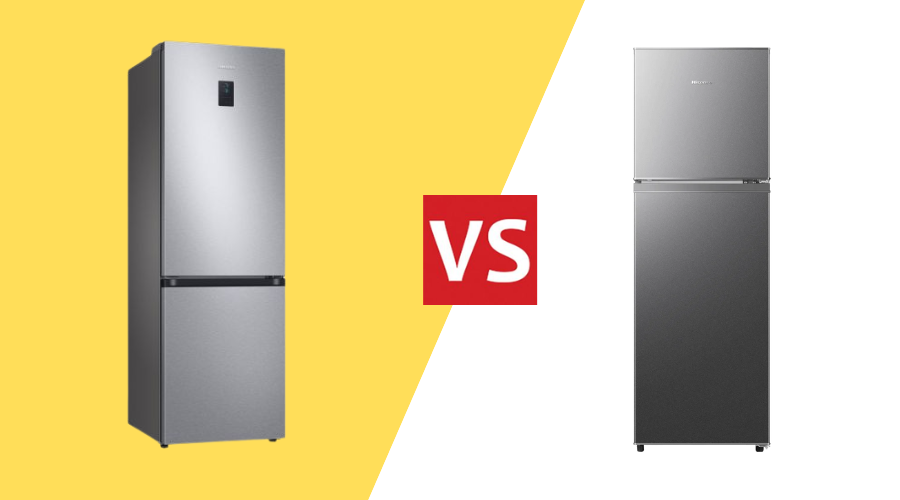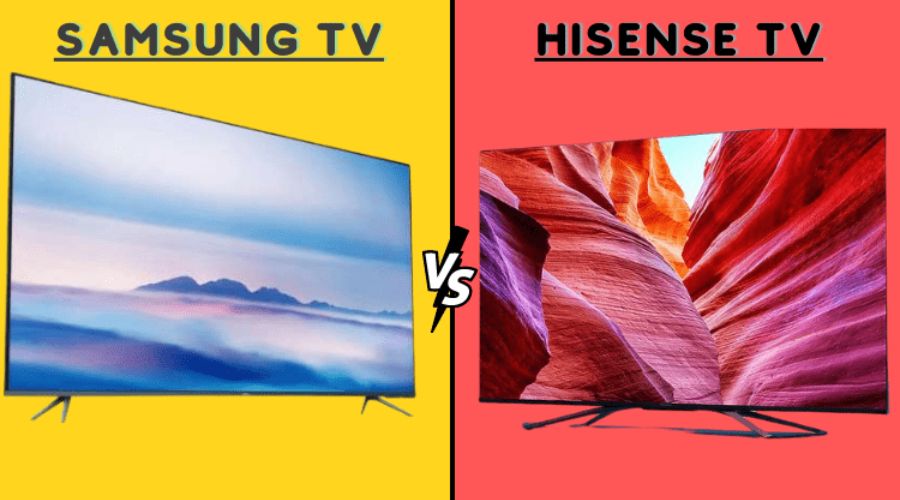Best Fridges for 2025: Samsung vs. Hisense Fridges Which One Wins?
Fridges are kitchen MVPs, and in 2025, the Samsung vs. Hisense Fridges debate is heating up. The Samsung Bespoke SpaceMax RR39C7BJ5SA/EU (Silver) is a tall, sleek fridge with 377L of smart storage, while the Hisense PureFlat Slim RF632N4WFE (Black Stainless Steel) is a multi-door fridge-freezer combo boasting 485L total capacity. Both are perfect for keeping food fresh—whether you’re chilling leftovers, stocking up for a party, or meal-prepping for the week. Tech-savvy folks, big families, or small-space dwellers eyeing the best fridge 2025 will love this Samsung vs. Hisense comparison. Let’s break down these energy-efficient refrigerators and crown a champ!





